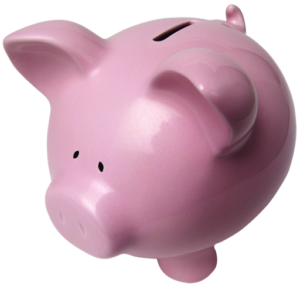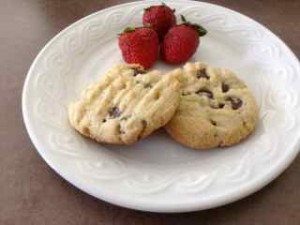A Difficult (But Necessary) Step for Losing Weight 40+
/This post is inspired from some recent experiences with clients and workshop participants. At first glance, these people looked very different. But they had one thing in common. While they had hired me/ came out to listen to me speak, they both completely refused to take in what I had to share. They hired me for my expertise, then subsequently refused to take it.
Did I take it personally? No. Human behaviour is fascinating. We’re always a little bit of two minds about change – there’s a part of us who wants to change. And, a part of us who doesn’t. In both of these cases, the part of them that didn’t want to change won.
Why am I sharing this with you? I mean, it doesn’t make much business sense to share my failures with you. I’m sharing it with you because there’s a lesson to be learned. A lesson that you can apply to any aspect of your health, but especially for those of us 40+ folks who are looking to have a healthy weight.
The first step to making any change in life is letting go of our past habits and beliefs.
Elsa from Frozen has it right – let it go! Even Oprah is talking about letting it go in her O Magazine this month.
Letting go of past habits, no matter how much evidence we have that they aren’t working for us, is difficult. This is especially true when you want to lose weight and you’ve been on diets in the past that haven’t worked. It’s amazing how often clients hire me because they’re at their heaviest ever, yet they’re still doing habits from past diets. Diets that obviously haven’t worked (at least long-term). Or, the diets worked when young, but they don’t work for us 40+ folks.
The most difficult step in losing weight in middle-age is letting go of past habits. Giving up things like:
Weighing yourself daily.
Counting calories.
Writing down every morsel that you eat.
Eating zero carbs.
Aiming for a magical number on the scale from your 20’s – pre-busy life, pre-kids, etc.
Denying yourself the pleasure of favourite foods.
Nutrition mis-information that you’ve accepted as fact.
You see, when people come to me they are hardly blank slates. What I’ve found is that once people let go of these past habits, weight loss follows. I’d call it magic if I wasn’t so science-based.
So I leave you with an important question: what do you need to let go of in order to achieve your happy weight?
Bust through nutrition mis-information with my e-newsletter (recipes too). Click here now.
Love this post?
Pin it!
Save this post for later or share it with your friends and family on Pinterest.
Check out more of Kristen’s pins here.













